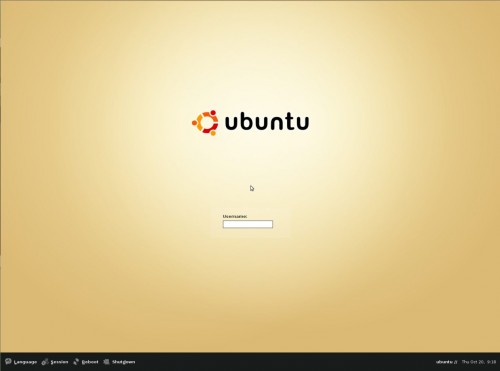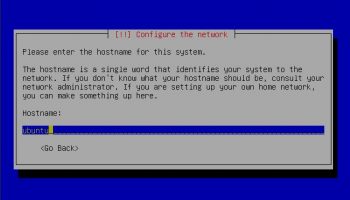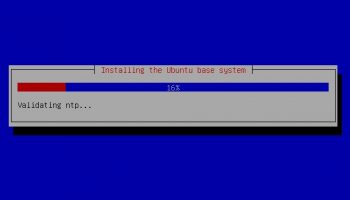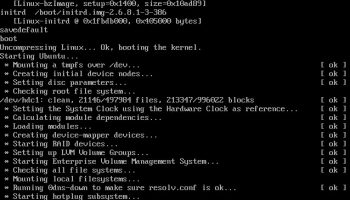How old do you think Ubuntu is? With 15 releases under its belt, and another on the way, you’d be forgiven for thinking it was a lot older than it actually is!
But it was 7 years ago today that Mark Shuttleworth and his team of ‘warm-hearted Warthogs’ announced the first release of Ubuntu:
“Ubuntu is a new Linux distribution that brings together the extraordinary breadth of Debian with a fast and easy install, regular releases (every six months), a tight selection of excellent packages installed by default and a commitment to security updates with 18 months of security and technical support for every release.”
Ubuntu went on to become the most popular Linux operating system in the world thanks to an emphasis on user-friendliness, design, technical simplicity, and attention to detail.
A motive perfectly summed up in the old Ubuntu motto: “Linux for human beings.”
Ubuntu 4.10 – What was it like?
I don’t remember precisely what I was doing back in 2004, but it wasn’t using Linux. I first jumped aboard during the latter stages of the Ubuntu 7.10 Gutsy Gibbon cycle.
Without this first-hand experience of what Linux was like back in 2004 I can’t be overly objective about Ubuntu 4.10 and any flaws or pluses it had. But it is nevertheless interesting to see ‘where it all began’ (so to speak).
All in a name
‘Warty Warthog’ was so named because of the short amount of time in which it was put together, resulting in release lacking ‘polish’ (Sidenote: ‘hog’ was to be used in all later code names (hence Hoary Hedgehog) however this was dropped with ‘Breezy Badger’.)
Applications
One of Ubuntu 4.10’s plus-points was that it shipped with some ‘excellent packages’ installed by default.
In the first release you could find the following among them:
- GNOME 2.8 (Yes, GNOME 2.8)
- Firefox 0.9
- OpenOffice.org 1.1.2
- Gaim instant messenger 1.0 (Gaim would later become Pidgin)
- GIMP 2.0
- Floppy Formatter
The kernel that shipped with Warty was 2.6.8.
Looks
With the bar-raising of Linux-desktop design that Canonical and Ubuntu brought in later releases it’s almost bizarre to look back on Warty and see that it all began with such a, quite frankly, ugly release.
Brown wallpaper, brown theme, barely legible icons, no boot screen…
Installer
Even as early as 4.10 there was one aspect in which Ubuntu had paid attention: making installation easier.
Warty’s installer was text-based and overly complex. The partitioning step in particularly looks medieval when compared to the graphical, user-friendly drag n’ go slider found in today’s Ubuntu releases.
Download Ubuntu 4.10
Curious to see how it all began? Ubuntu 4.10 is still available for download from the old-releases.ubuntu.com/releases. I wouldn’t recommend that you try install it on newer hardware (as the old kernel won’t support it) – but that’s what VirtualBox is for, right?














